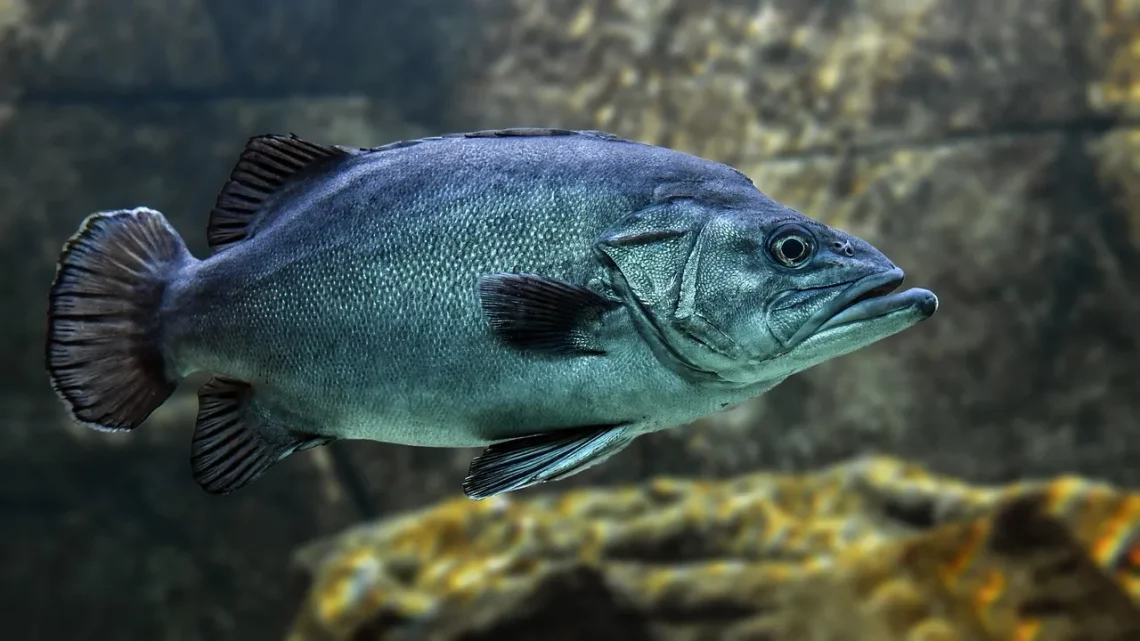
Understanding Arowana Fish Price Trends and Market Rates
Arowana fish, often referred to as “dragon fish,” is a highly sought-after species in the aquarium trade, admired for its beauty and unique characteristics. These fish, belonging to the family Osteoglossidae, are native to various parts of Asia, Africa, and South America. Their stunning appearance, which features elongated bodies and shimmering scales, has made them a symbol of good luck and prosperity in many cultures. Enthusiasts and collectors are not only drawn to their aesthetic appeal but also to the fascinating behaviors and unique personalities they exhibit in captivity.
The market for Arowana fish has seen fluctuations over the years, influenced by various factors such as breeding practices, demand, and the overall health of wild populations. As an aquarium hobbyist or potential buyer, understanding the price trends and market dynamics of Arowana fish is crucial for making informed decisions. Factors like species variety, coloration, size, and even geographic location can significantly impact pricing. Additionally, the legal regulations surrounding the trade of certain Arowana species can affect availability and, consequently, market rates. This article delves into these aspects, providing insights that can guide both new and seasoned aquarium enthusiasts in their pursuit of this captivating fish.
Factors Influencing Arowana Fish Prices
When it comes to Arowana fish pricing, several key factors come into play, influencing both the retail and wholesale markets. Understanding these elements can help potential buyers navigate the often murky waters of fish pricing and make more informed purchasing decisions.
Firstly, species variety plays a significant role in determining price. There are several types of Arowana, including the Asian Arowana, Silver Arowana, and Black Arowana, each with its unique traits and appeal. The Asian Arowana, in particular, is often regarded as the most valuable due to its cultural significance and rarity. Its stunning color variations, such as the red, golden, and green Arowanas, can fetch high prices, sometimes reaching thousands of dollars. In contrast, more common species like the Silver Arowana tend to be more affordable, making them accessible to a broader range of hobbyists.
Another crucial factor is the size of the fish. Generally, larger Arowanas command higher prices, as they require more extensive care and time to mature. Buyers are often willing to pay a premium for adult specimens, especially those that have already been trained to eat commercially prepared foods and are accustomed to aquarium life. Additionally, the health and condition of the fish significantly influence its market value. Arowanas that are disease-free, well-fed, and exhibiting vibrant colors are likely to be priced higher than those showing signs of stress or illness.
The breeding and availability of specific Arowana species also impact their pricing. In recent years, captive breeding programs have increased the availability of certain varieties, which can help stabilize market prices. However, wild-caught specimens, particularly those from endangered populations, may come with a higher price tag due to their scarcity and the regulations surrounding their trade. Collectors often prefer these rarer fish, driving demand and prices up.
Lastly, the geographical location of the buyer can also influence Arowana prices, as shipping costs and local market conditions may vary. Regions with a higher demand for exotic fish, such as urban areas, may see inflated prices compared to rural locations. Understanding these dynamics can empower buyers to make the best choices when purchasing Arowana fish.
The Role of Breeders and Suppliers
Breeders and suppliers play a critical role in shaping the Arowana fish market. Their practices, reputation, and the quality of their fish can significantly influence pricing and availability. Understanding the various types of breeders and suppliers can help potential buyers navigate the market more effectively.
Professional breeders, often operating on a larger scale, focus on producing high-quality Arowanas with desirable traits. These breeders invest in genetics, breeding techniques, and proper care to ensure their fish are healthy and exhibit vibrant colors. They typically offer warranties and guarantees, providing buyers with reassurance about their investment. The prices from professional breeders can be higher, but the quality and health of the fish often justify the cost.
On the other hand, small-scale or hobbyist breeders may offer more affordable options but may lack the same level of consistency in quality. These breeders often have a passion for the species and may provide unique color variations or rare breeds. However, buyers should exercise caution and ensure that these sellers maintain high standards of care and ethics. It’s essential to research and, if possible, visit the breeding facilities to assess the conditions in which the fish are raised.
Suppliers, including pet stores and online retailers, also significantly influence Arowana pricing. Established retailers with a solid reputation often have access to high-quality stock and may offer a range of species and sizes. However, prices in retail settings can vary widely based on overhead costs and location. Buyers should compare prices from multiple sources and look for reviews or recommendations to find reputable suppliers.
Additionally, the rise of online marketplaces has transformed how Arowana fish are bought and sold. While purchasing fish online can provide access to a broader selection and competitive prices, it also comes with risks. Buyers should ensure that they are purchasing from reputable sellers who prioritize the health and well-being of their fish, as well as adhere to legal regulations regarding the sale of certain species.
In summary, the role of breeders and suppliers is vital in determining Arowana fish prices. By understanding their practices and reputation, buyers can make more informed decisions and potentially secure healthier, more vibrant specimens for their aquariums.
Market Demand and Consumer Trends
Market demand and consumer trends are crucial elements that shape the pricing of Arowana fish. These factors reflect the preferences and behaviors of aquarium enthusiasts and can influence the availability and pricing of different species.
Over recent years, there has been a growing appreciation for exotic and rare fish among aquarium hobbyists. Arowanas, with their striking appearance and unique attributes, have gained a dedicated following. This surge in interest has led to increased demand, particularly for specific species and color variations. The Asian Arowana, often seen as a status symbol, has become especially sought after, resulting in higher prices in the market.
Moreover, the trend of keeping Arowanas as part of a larger aquascape has gained traction. Hobbyists are increasingly interested in creating stunning aquatic environments that showcase the beauty of these fish. As a result, there is a greater demand for larger specimens that can be featured prominently in aquariums. This trend has contributed to fluctuating prices, as larger Arowanas often come at a premium.
Social media and online platforms have also played a significant role in shaping consumer trends. The rise of platforms like Instagram and YouTube has allowed enthusiasts to share their experiences and showcase their aquariums. This visibility has sparked interest in unique color varieties and rare species, further driving demand and influencing market rates. Hobbyists are more informed than ever, often seeking out specific types of Arowanas based on trends they observe online.
Additionally, the rise of eco-conscious consumers has led to an increased focus on sustainable sourcing practices. Buyers are becoming more aware of the ecological impact of fish farming and wild-caught specimens. As a result, there is a growing demand for ethically sourced Arowanas, which can influence pricing. Fish that are bred under sustainable practices may command higher prices due to their perceived value and the ethical considerations behind their sourcing.
In conclusion, market demand and consumer trends significantly impact Arowana fish prices. As the interest in exotic fish continues to grow, understanding these trends can help buyers make informed decisions and navigate the evolving landscape of the Arowana fish market.
Understanding Legal Regulations and Conservation Efforts
The trade of Arowana fish is subject to various legal regulations and conservation efforts that can significantly influence market prices. Understanding these legal frameworks is essential for both buyers and sellers in the Arowana market.
Certain species of Arowana, particularly the Asian Arowana, are protected under international law due to their endangered status. The Convention on International Trade in Endangered Species of Wild Fauna and Flora (CITES) regulates the trade of these fish to prevent overexploitation and ensure sustainable practices. Buyers should be aware that purchasing Arowanas listed under CITES may require specific documentation to verify their legal sourcing. This regulatory framework can affect availability and pricing, as legally sourced specimens may come at a higher cost due to compliance with these regulations.
In addition to international regulations, many countries have their own laws governing the trade of Arowana fish. These can include restrictions on the import and export of certain species, as well as specific requirements for breeding and selling. Buyers should familiarize themselves with local laws to ensure they are making legal purchases and supporting ethical practices.
Conservation efforts are also becoming increasingly important in the Arowana market. Many organizations are working to protect endangered species and promote sustainable practices within the aquarium trade. Supporting breeders and suppliers who prioritize conservation can lead to more ethical purchasing decisions while also contributing to the preservation of these remarkable fish.
Moreover, conservation awareness has led to a shift in consumer preferences. Buyers are more inclined to invest in sustainably bred Arowanas, recognizing the importance of supporting responsible practices. This trend can influence pricing, as ethically sourced fish may command higher prices due to their perceived value and the ethical considerations behind their sourcing.
In summary, understanding the legal regulations and conservation efforts surrounding Arowana fish is vital for anyone looking to enter the market. Being informed about these aspects can lead to more responsible purchasing decisions while also contributing to the sustainability of these beautiful species.
In conclusion, navigating the Arowana fish market requires a comprehensive understanding of various factors, including pricing influences, the role of breeders and suppliers, market demand, and legal regulations. By staying informed and making educated choices, both new and seasoned enthusiasts can enjoy the beauty of Arowanas while supporting sustainable practices in the aquarium trade.




